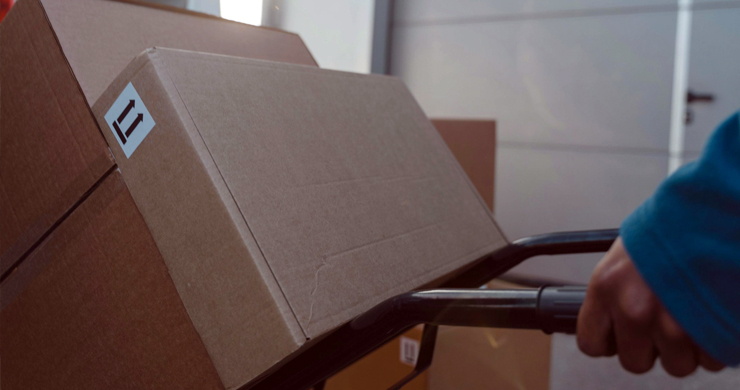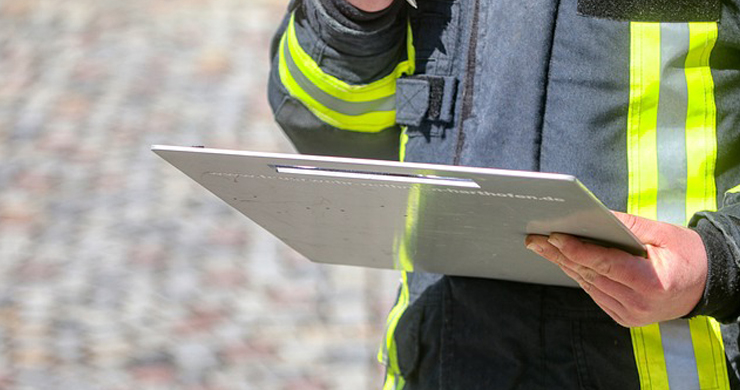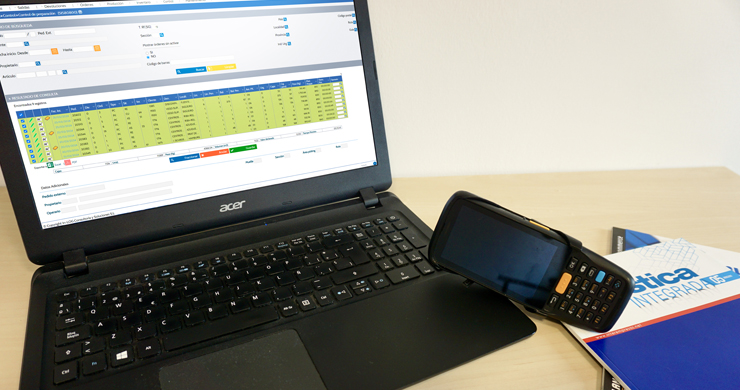In modern warehouse management, efficiency and accuracy are essential. One of the technologies that has revolutionized this field is real-time asset tracking. But is it really necessary for your warehouse? In this article, we evaluate the importance of real-time tracking and its benefits, helping you decide if this technology is right for your operations.
What is real-time asset tracking?
Real-time asset tracking involves the use of technologies such as RFID (radio frequency identification), GPS and IoT (Internet of Things) sensors to continuously monitor the location and status of assets within the warehouse. This information is transmitted in real time to a centralized system, providing immediate and detailed visibility of all assets.
Benefits of real-time asset tracking
- Improved visibility: Real-time tracking provides complete and accurate visibility of assets at all times. This allows products to be quickly located within the warehouse, improving efficiency and reducing search time.
- Loss reduction: The ability to continuously monitor the location of assets helps prevent loss and theft. If an asset moves outside a permitted area, the system can immediately alert security personnel.
- Optimized inventory management: With real-time data on the location and status of products, inventory levels can be optimized, avoiding both overstocking and understocking. This improves inventory accuracy and reduces costs associated with stocking unnecessary products.
- Improved decision making: Real-time information enables more informed and faster decisions. Warehouse managers can react quickly to changes in demand, adjust operations and plan more efficiently.
- Increased productivity: By reducing the time required to locate assets and minimizing inventory errors, employees can focus on more productive tasks. This increases operational efficiency and improves overall warehouse performance.
Practical applications of real-time monitoring
- Pallet and container management: Real-time tracking enables more efficient management of pallets and containers, ensuring they are available when needed and optimally utilized.
- Quality control: IoT sensors can monitor environmental conditions inside the warehouse, such as temperature and humidity, to ensure that sensitive products are stored correctly. This helps maintain product quality and reduces waste.
- Space optimization: With accurate visibility of asset locations, storage space utilization can be optimized. This allows for better warehouse organization and reduces the need for expansion or leasing additional space.
- Predictive maintenance: Real-time monitoring can also be applied to equipment and machinery management. By monitoring the condition of assets, problems can be identified before failures occur, enabling predictive maintenance and reducing downtime.
Is it necessary for your warehouse?
- Needs assessment: The need for real-time asset tracking depends on the specifics of your warehouse and operations. If you handle large volumes of inventory, high value products or need high accuracy in inventory management, this technology can be very beneficial.
- Cost vs. benefit: Implementing a real-time tracking system involves a significant initial investment. However, the long-term benefits, such as reduced losses, improved efficiency and inventory optimization, can far outweigh the initial costs.
- Scalability: Consider whether your warehouse is growing or you plan to expand your operations. Real-time tracking technology is scalable and can grow with your business, ensuring that you can maintain operational efficiency as your needs grow.
Conclusion
Real-time asset tracking offers numerous benefits that can transform your warehouse management, improving visibility, reducing shrinkage, optimizing inventory and increasing productivity. While implementing this technology requires an upfront investment, the improvements in operational efficiency and long-term cost reductions can fully justify this expense. Evaluating your specific needs and considering the cost versus benefit will help you determine if real-time tracking is necessary for your warehouse and if it can provide the value you are looking for in your logistics operations.





